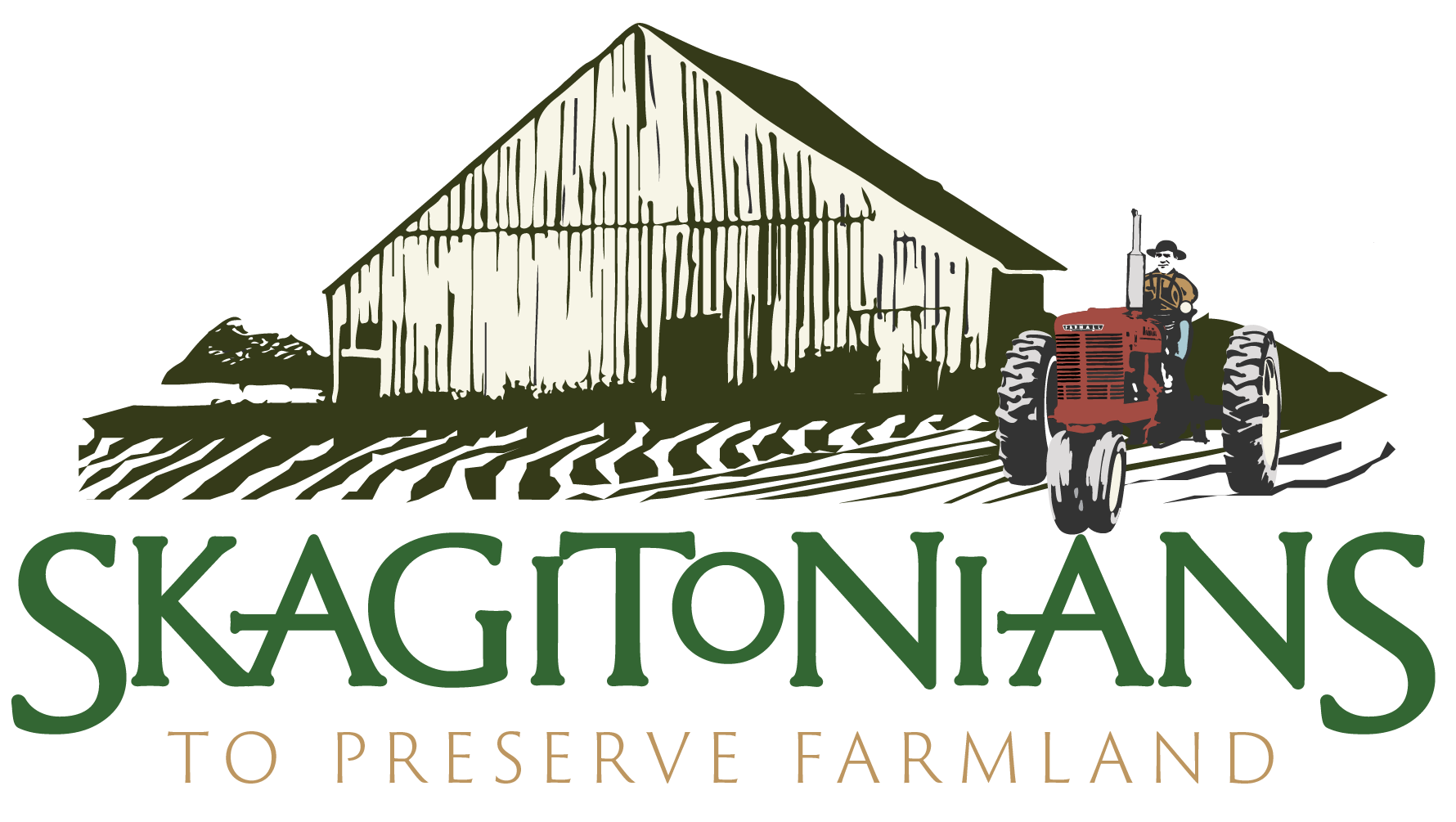The Dirt Issue #48 - Current Use Tax
Farmland preservation is the stated rationale for the existence of Skagitonians to Preserve Farmland; it’s even in our name. But, we’d be the first to acknowledge that the cause isn’t ours alone. We share it with the voters of Washington State.Farmland Preservation Must Be FeasibleA whole arsenal of measures is in place to make farmland preservation feasible. One of them is the subject of this month’s Dirt: Current Use Tax.The provisions of current use taxation are found in legislation enacted by the Washington State Legislature in 1970. The legislation, entitled the Open Space Taxation Act, was crafted after the people of Washington State were asked in a 1968 state ballot measure whether the state constitution should be amended, “by adding a section authorizing the Legislature to provide that farms, agricultural lands, standing timber and timberlands, and other open space lands used for recreation or enjoyment of their scenic or natural beauty shall be valued, for purposes of taxation, on the basis of the use to which such property currently is being applied, rather than its highest and best use?” The voters agreed that it should by a resounding majority of 68%. The resulting amendment was added to the state constitution in 1970.An Affirmation of ValueBy voting the way they did the majority of the Washington voters affirmed that our working lands and undeveloped spaces, were of value to them and they were willing to do their part in preserving them.Unless you regularly delve into the tax code, it helps to clarify a few things. Look back to the question put to voters in 1968. It asked whether certain lands should be valued, for taxation purposes, on the basis of their current use rather than their highest and best use. Current use means just what you’d think. If a field of several acres is being used to grow crops or pasture livestock, its valuation for tax should be determined on that current use.Highest and best use, however, is a sort of “what if” that says it is any use that produces the highest value for property, regardless of its actual current use. In the very loosest terms, highest and best use is the potential maximized value of property. The reason that’s important is that valuation for tax purposes is generally based on highest and best use. By allowing certain lands to be classified under current use rather than highest and best use, voters indicated they accepted a shift in the tax burden.Overall Revenue Must Be MaintainedCurrent use tax can be described as an exemption program because the taxes that would have been gathered without the exemption are shifted to other taxpayers in the taxing district. This provision allows that overall revenue is still maintained. According to Skagit County’s Information on Property Tax Procedures 2018, current use farm and agricultural lands comprised 8.52% of the county’s tax base acreage.An Exemption Requiring ProofTo qualify for the current use tax program, a landowner has to submit an application for the land to be classified appropriately. While the overall act covers three broad categories of open space land, the following covers farm and agricultural land. Specific requirements that must be met have to do with the amount of land under consideration, its location and zoning, how the land is used now, how it was used in the past, future plans for the land and proof of commercial value, usually in the form of specific revenue targets. Meeting these requirements calls for supporting data that is subject to review in the application process. If the classification is granted and the current use tax exemption applies, the landowner contractually promises to manage the land for agricultural purposes.Not a Short-term CommitmentCurrent use tax is often referred to as an exemption and, if held long enough under the classification, it is. Under certain conditions, however, it may actually have just been a deferral.A minimum of ten years maintaining the requirements and proofs of classification is required to ensure a true exemption. If the land loses or changes its classification within the first ten years (other than for very specific exceptions) then a tax obligation is imposed that is equal to the taxes that would have been due on the land if the exemption had never been granted. (In fact, the county assessor maintains tax rolls that show the tax obligation under both configurations at all times.) Not only is the tax due, but so is interest and a 20% penalty.If it has been longer than ten years before the land loses or changes its classification, there is still a hefty tax hit amounting to seven years of what the tax would have been without the exemption plus interest but no penalty if notification of the change was properly made to the county assessor.All this is to show that the classification as farm and agricultural land and the resulting current use tax program is designed to sustain long-term preservation of farmland, forest lands and the other open spaces the program is designed to encourage.Part of a Larger ArsenalWhen voters had their say in 1968, the Puget Sound region was already riddled with large swaths of former farmland lost to urban sprawl. The thought of those losses and the vista of yet more roads, infrastructure and traffic did not sit well. Voters embraced the current use tax program as a matter of public policy, to help keep agricultural land economically viable for farming.The current use tax program plays a key, yet often overlooked role, in the preservation of farmland. So do strict land use regulations, zoning, and permanent conservation of farmland through purchase of development rights. It can be complicated to navigate, but as long as the commitment to preserve and protect farm and agricultural lands remains, so too will the prize.
